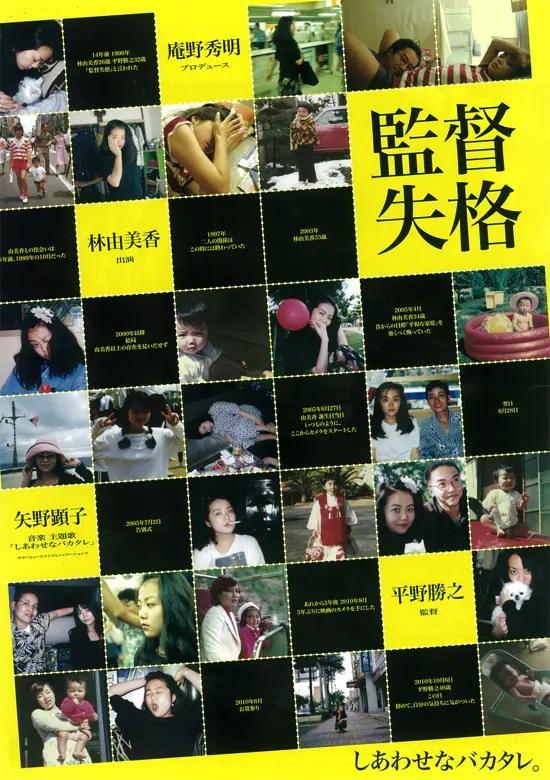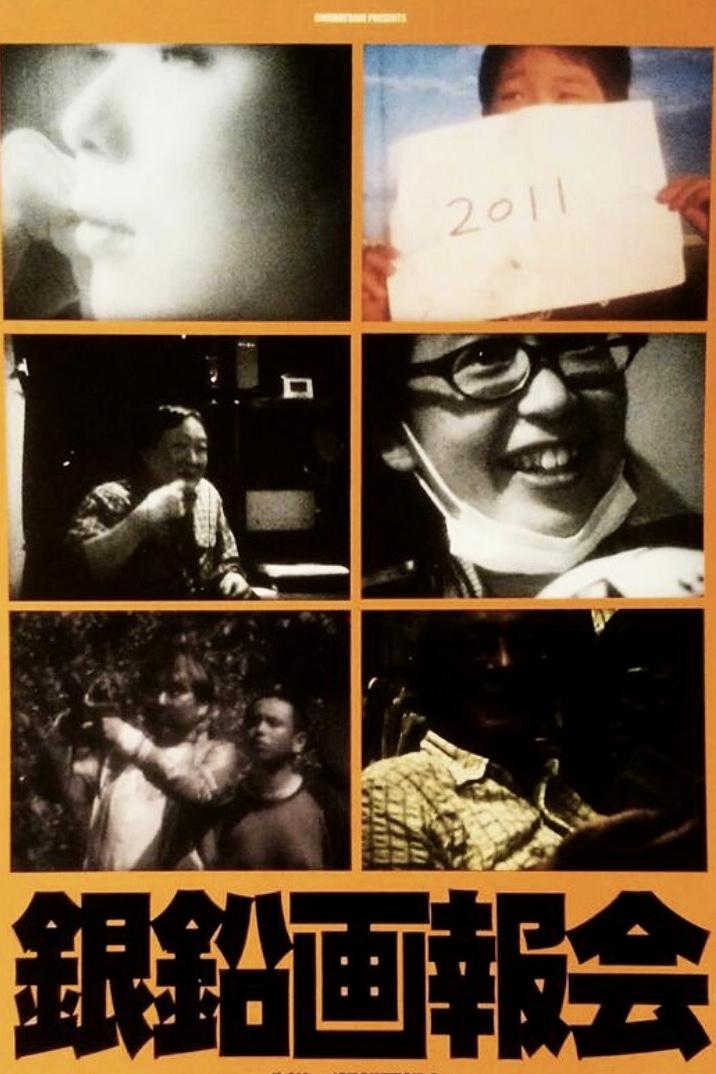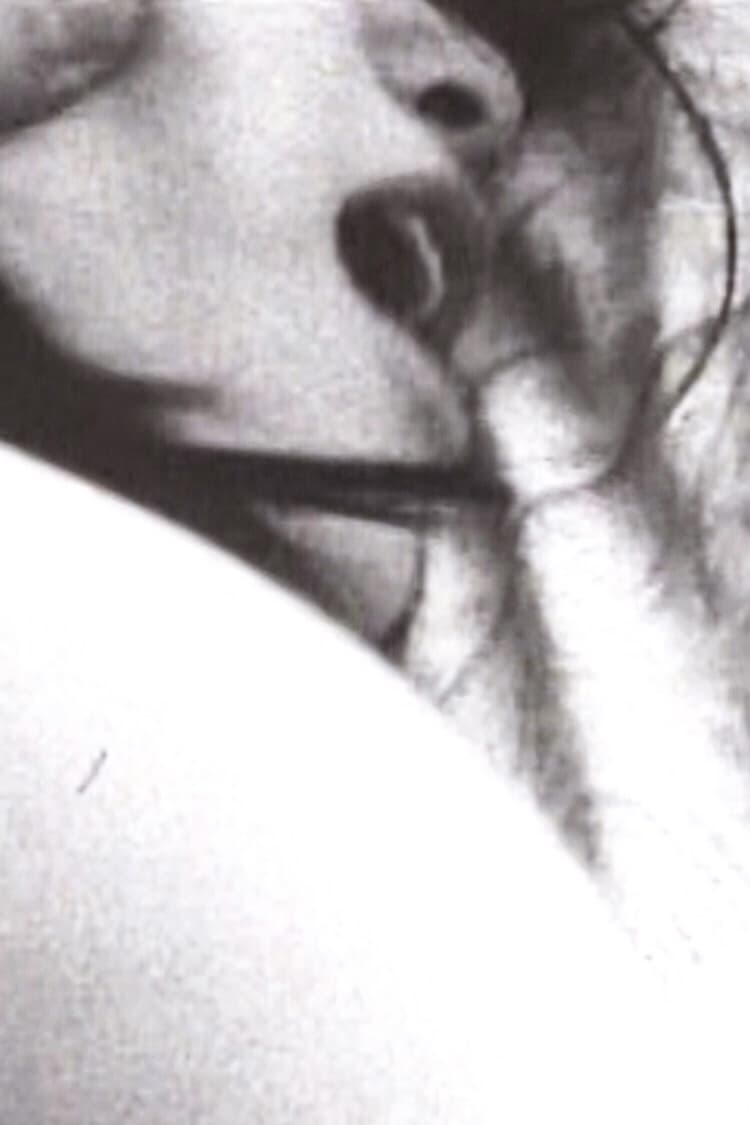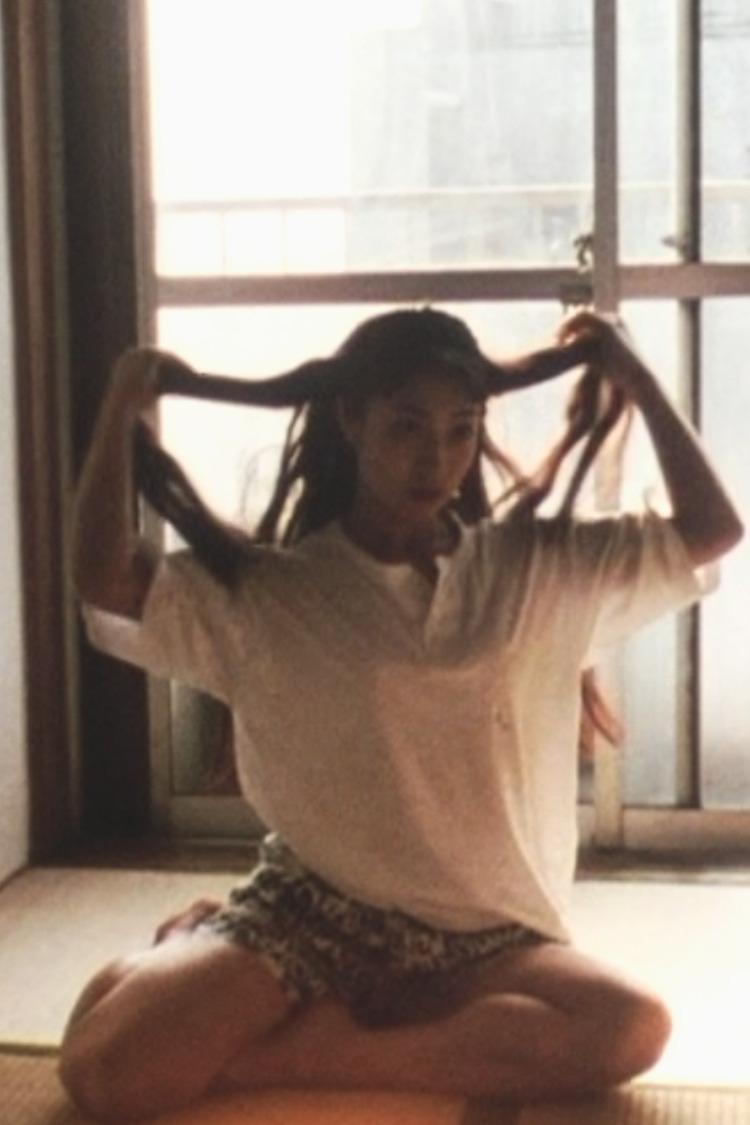

In 1997, Hirano Katsuyuki, a married, middle-aged AV director, and his 26-year-old actress and lover, Hayashi Yumika, set out to cycle from Tokyo to Hokkaido. Two video versions of their trip already exist, the intimate documentary Yumika and its gonzo porno alter ego 41-Day Adultery Bicycle Tour. Hirano’s Kantoku Shikkaku reframes this ambiguous relationship in light of Yumika’s death in 2005.

This is a film about a medium approaching extinction, an 8mm documentary film about a vanishing 8mm cinema. Blending two genres, the science film and the personal film, and benefiting from the participation of multiple generations of cineastes, it is a reflection upon the original cinematic experience.

A unique youth group drama set in a deserted local city in the 1980s, depicting the fate of a mysterious girl, Himiko, and the men surrounding her. Himiko, a girl who once left town, returns as a beautiful adult woman. Mukawa, a member of the baseball team who is practicing hard with the aim of participating in Koshien, meets Himiko by chance and is captivated by her.

Zetcho is a feature shot on film, including the typical colouring of washed-out white and blue. Again Onishi brings together the couple’s problems, nature and brutalism, set against a colour-changing skyline or in small apartments. The structure of architecture and the one of nature. A cat hiding behind a car. While it all turns out to be a drama of killing and brutalism against women.

Zetcho is a feature shot on film, including the typical colouring of washed-out white and blue. Again Onishi brings together the couple’s problems, nature and brutalism, set against a colour-changing skyline or in small apartments. The structure of architecture and the one of nature. A cat hiding behind a car. While it all turns out to be a drama of killing and brutalism against women.

Out of Frame (1996) plays with your expectations and the way how we are used to “read” pictures and their framing. A woman is rubbing herself against a white wall, making the typical noises of having sex from the back, and Onishi takes his time to open the framing and then showing them in explicit positions. You don’t see the penetration but watch the rhythm of two bodies, listening to it, too. The framing by windows will allow you some rest. The man is putting on his clothes and closing the door while the woman is looking out oft he window. Onishi’s typical black inserts again, and we watch the same couple on the toilet, where he is putting her hands into hand-cuffs. After that he is showering her carefully, and she remains in hand-cuffs while they are having sex again under the shower. He is using his revolver then to free her from these metal things. And the toilet is a calm place when she comes back after strangling a young man on the street.

It is all flickering neon-light with Aquarium City (1996), a feature film of 76 minutes, using black inserts and the structure of the tatami again. Blue and grey are the most prominent colours, and a sky turning white while a young woman is using drugs and waving her hair. The needle in her arm, and we are watching from a distance while cars and motorcycles are passing the street. The possible contrasts in beauty seem to be Onishi’s theme, so after the dark street we watch another woman masturbating while sitting on a chair. But later placing the needle in the vagina of another woman. The sun is shining outside and cars continue driving. But the power is gone. And the way out is never anything else but a black hole.
Yukiyasu Shimada (しまだゆきやす written in hiragana). Born in Osaka Prefecture in 1964. He studied at the Image Forum Imaging Institute. Shimada was a director, film producer and cinematographer. He was the president of the Gandhara Film Festival and Image Rings Immoral Film Festival. He committed suicide on August 2011.
By browsing this website, you accept our cookies policy.